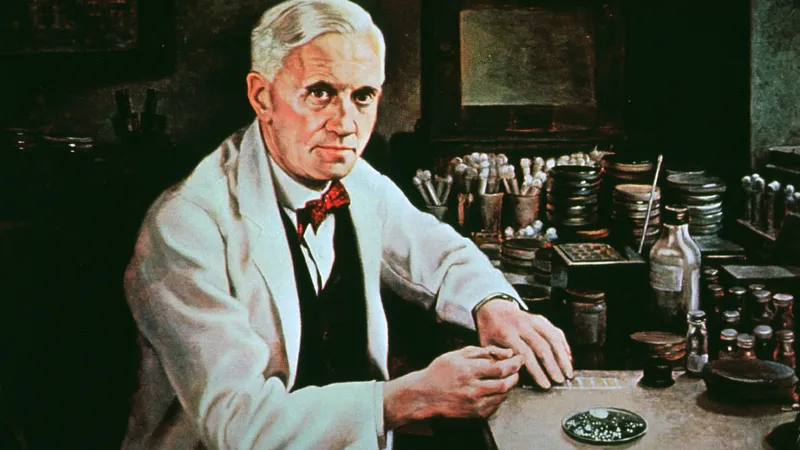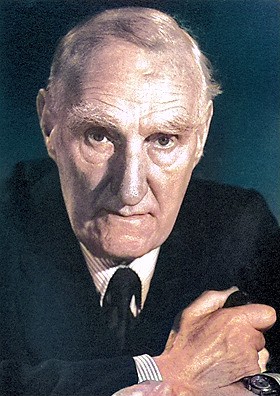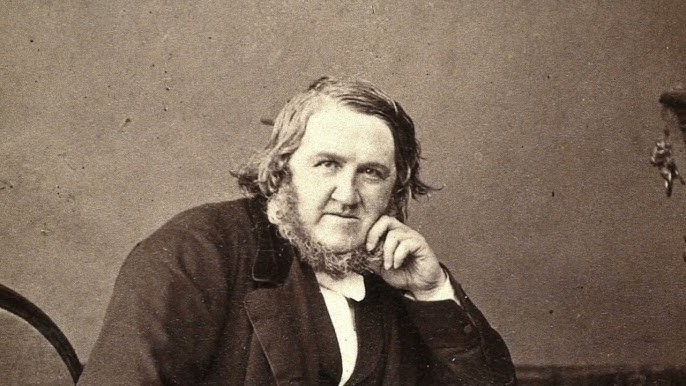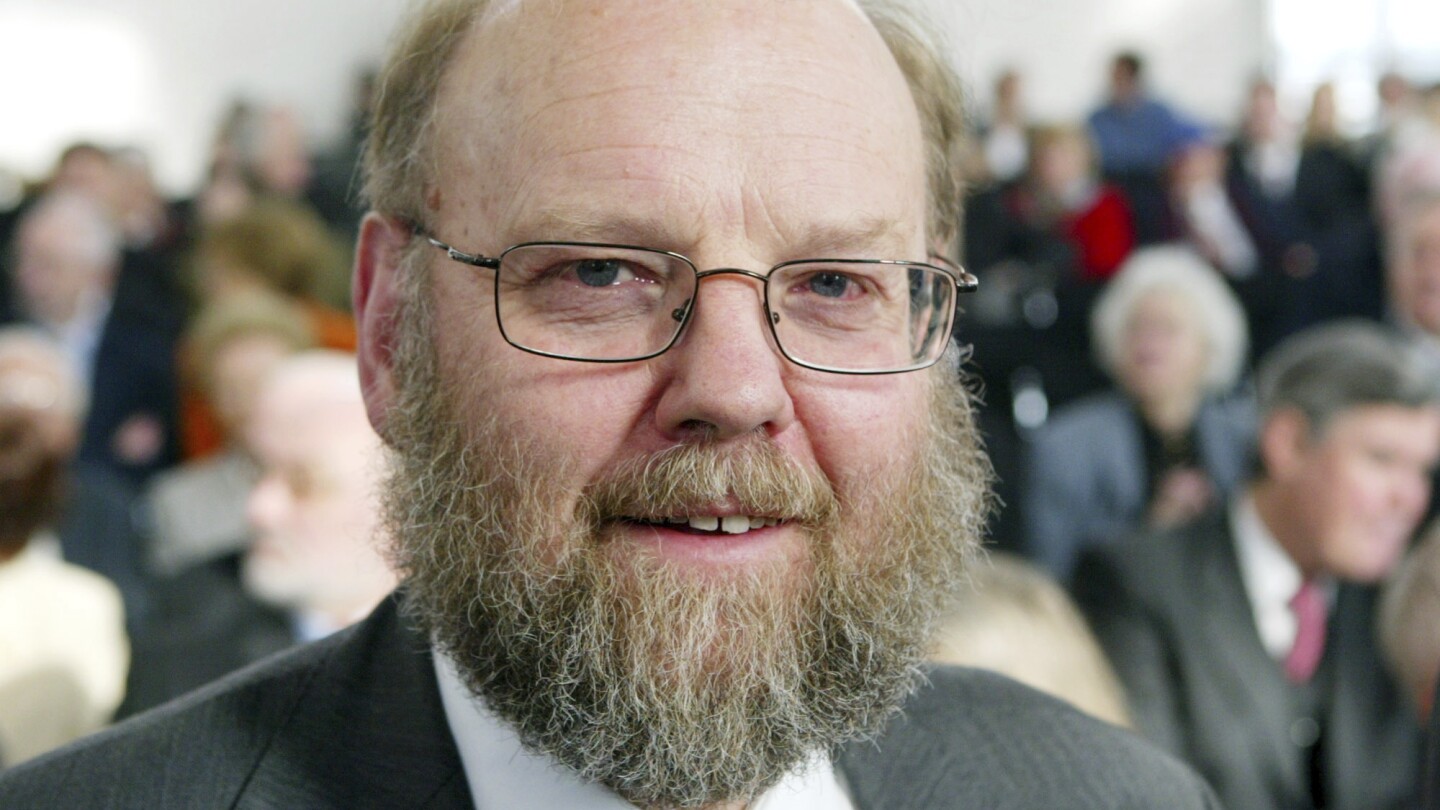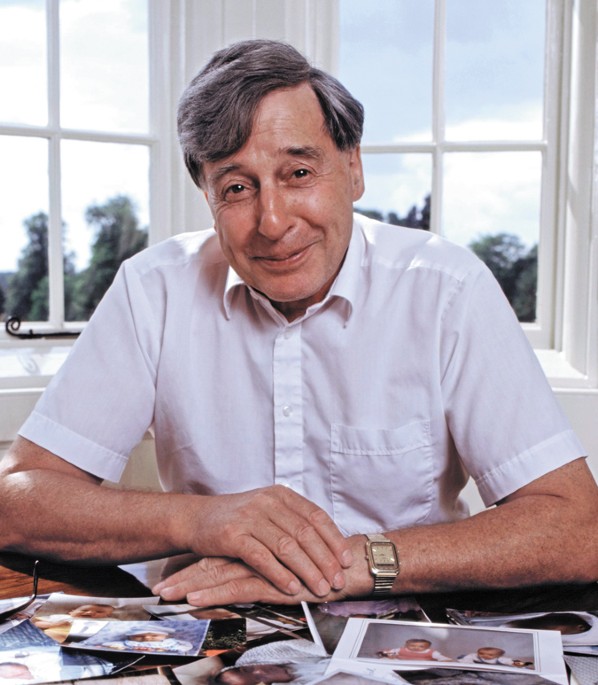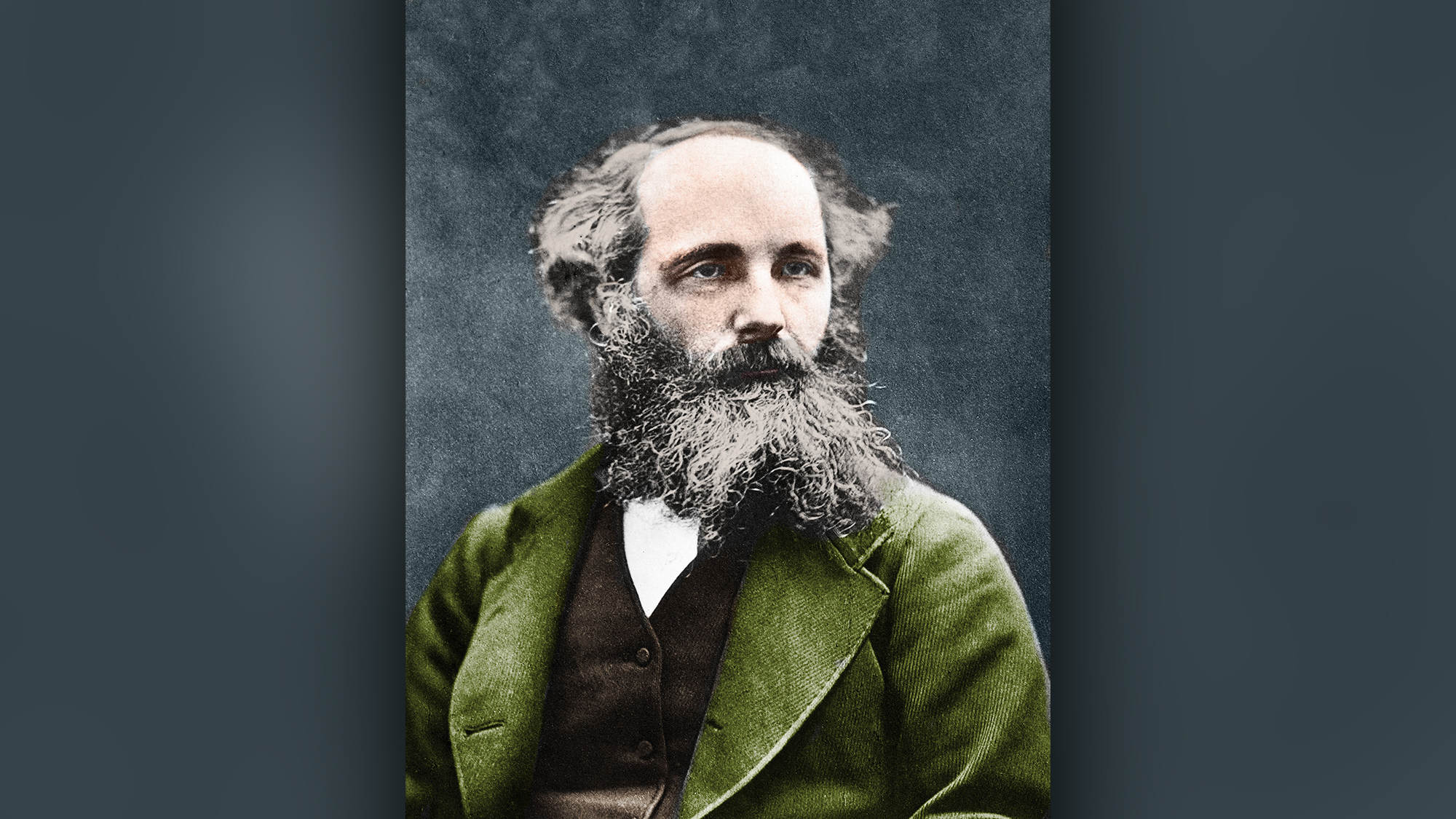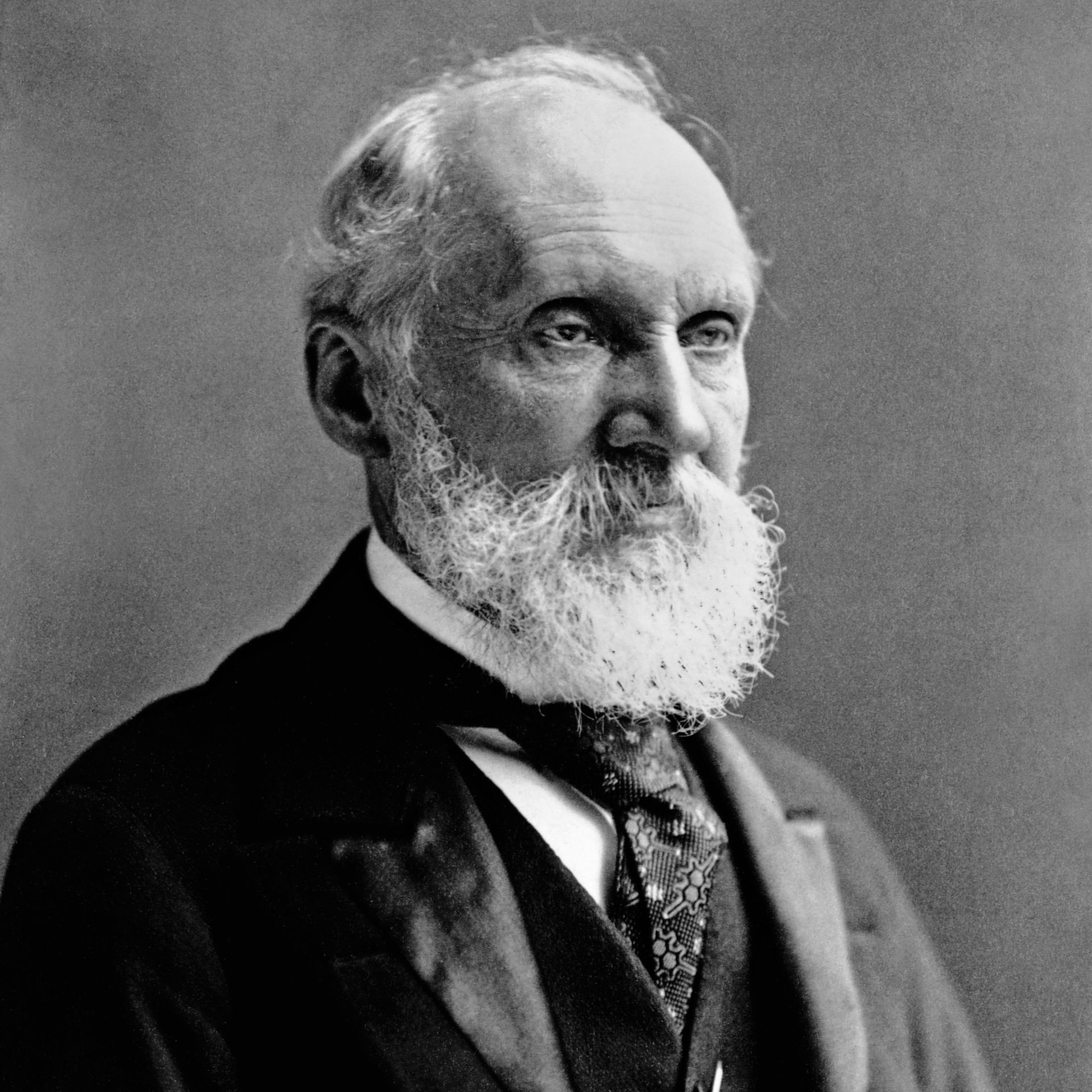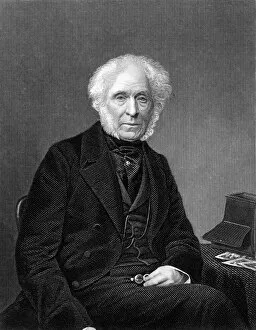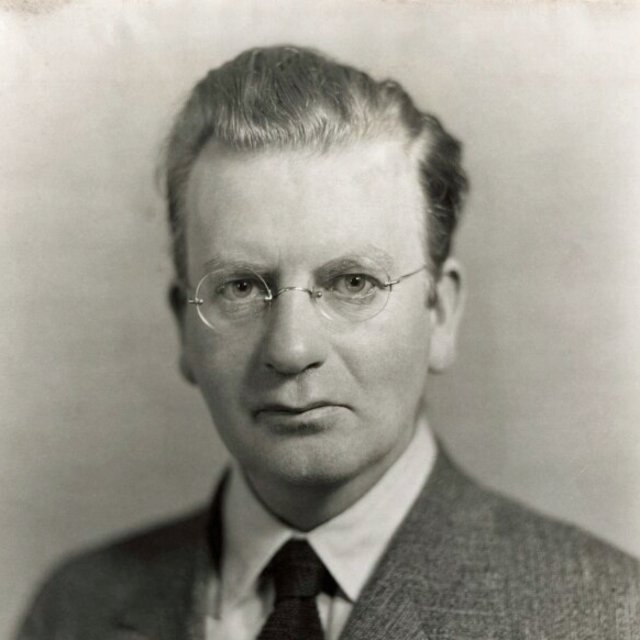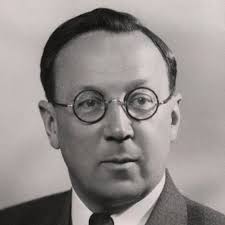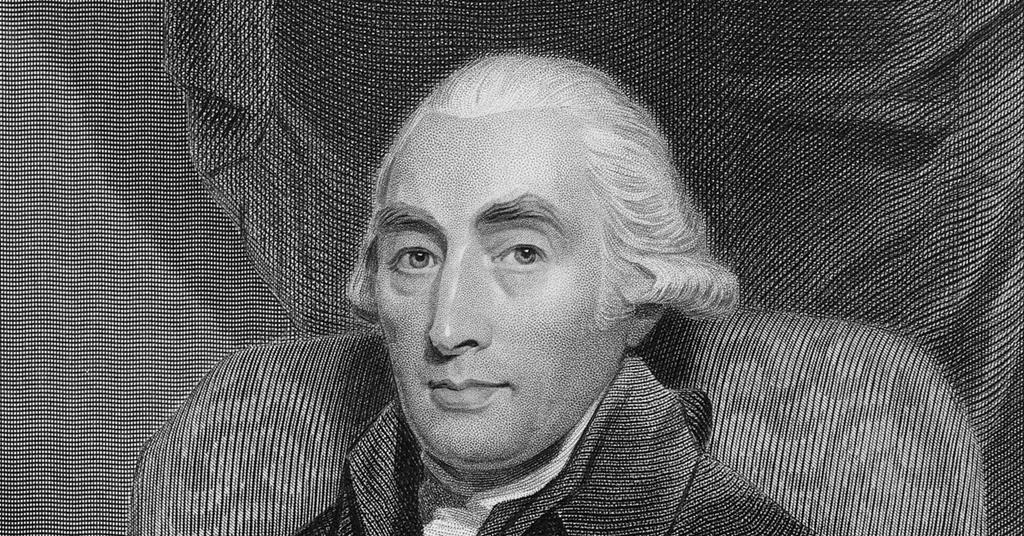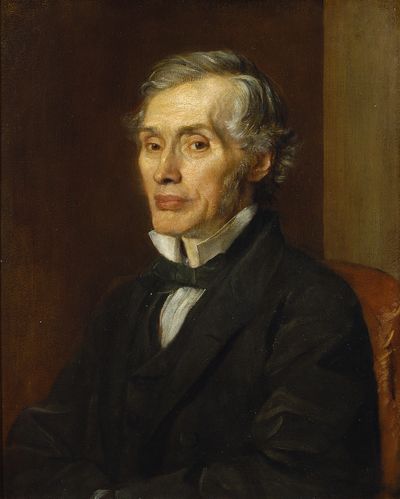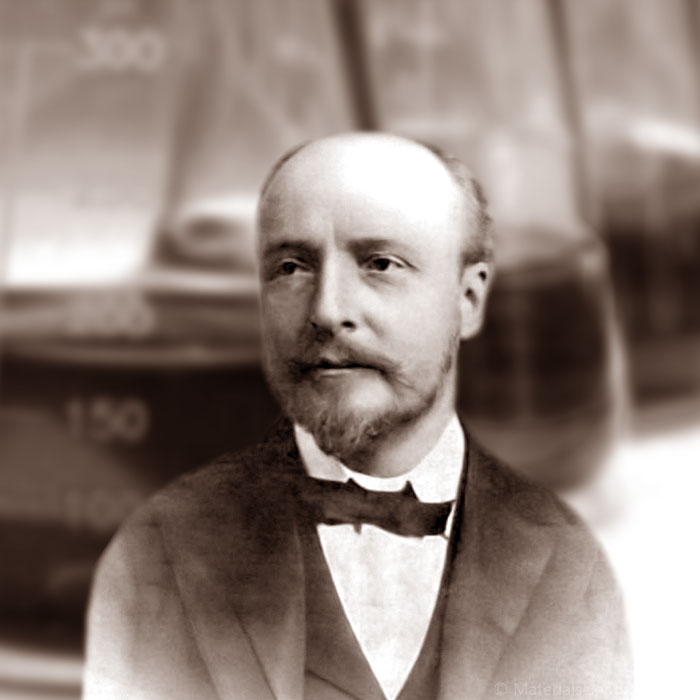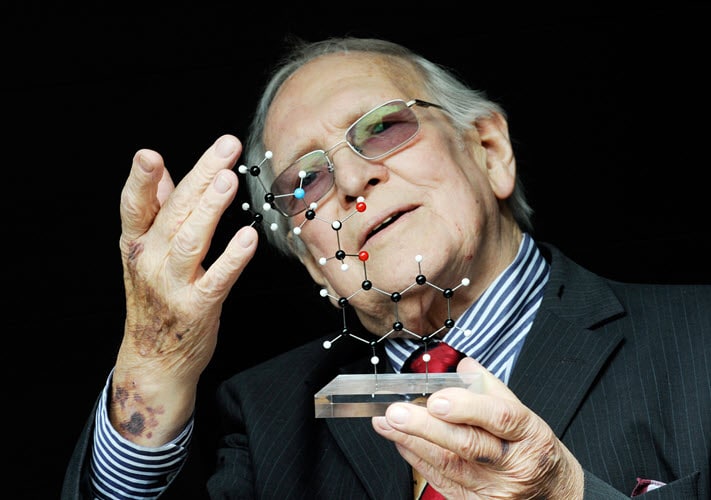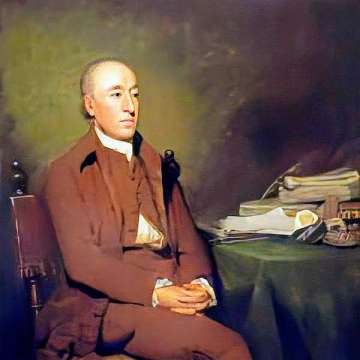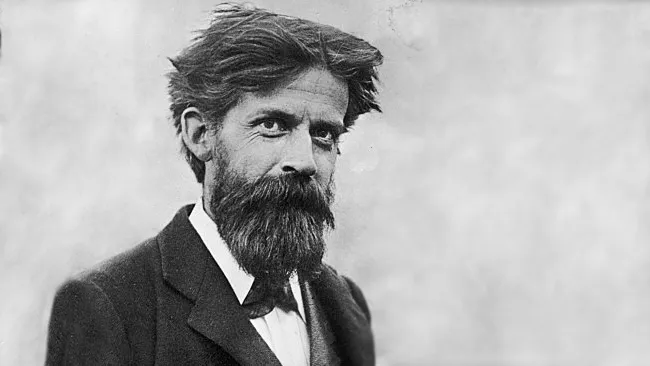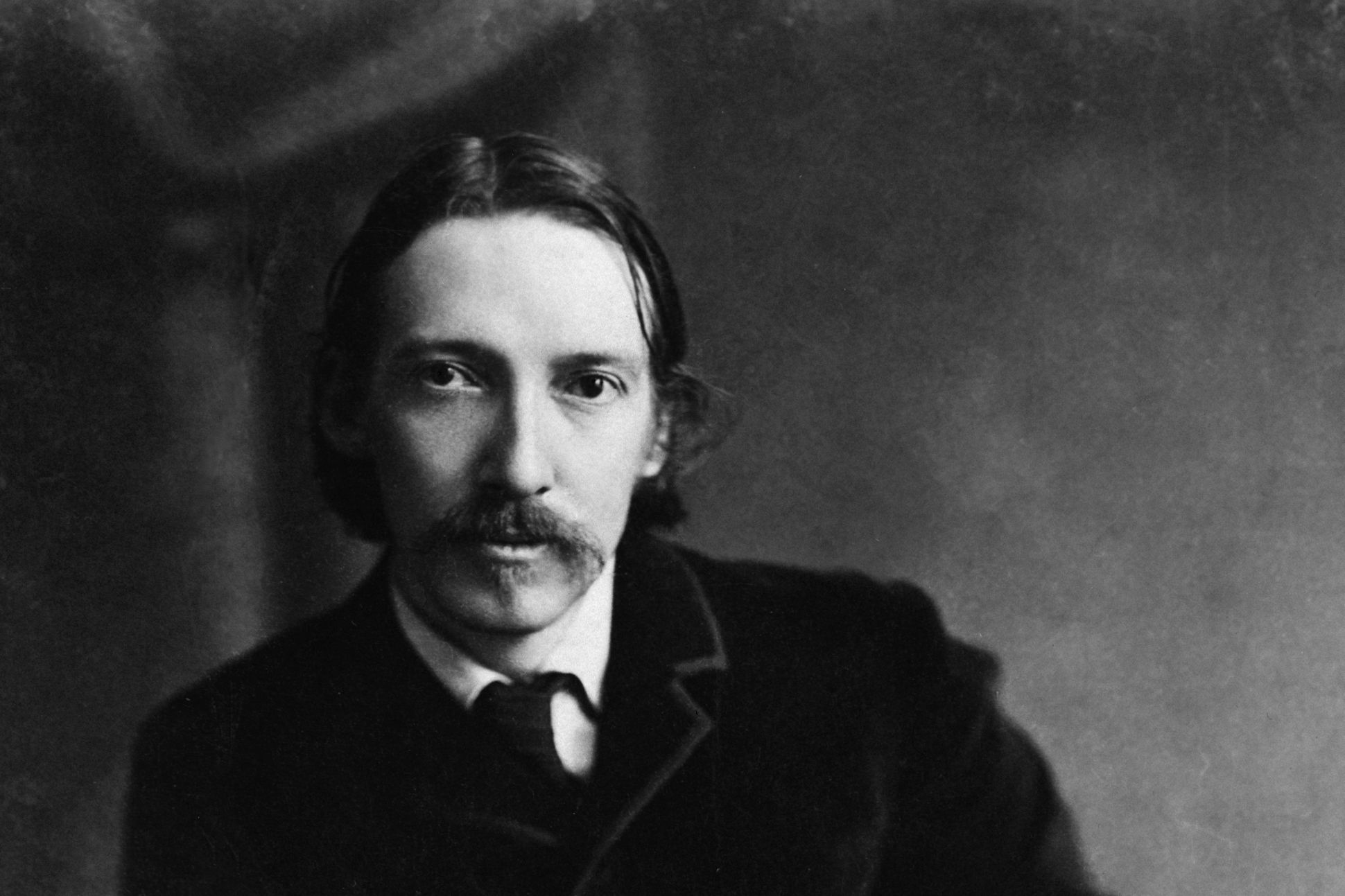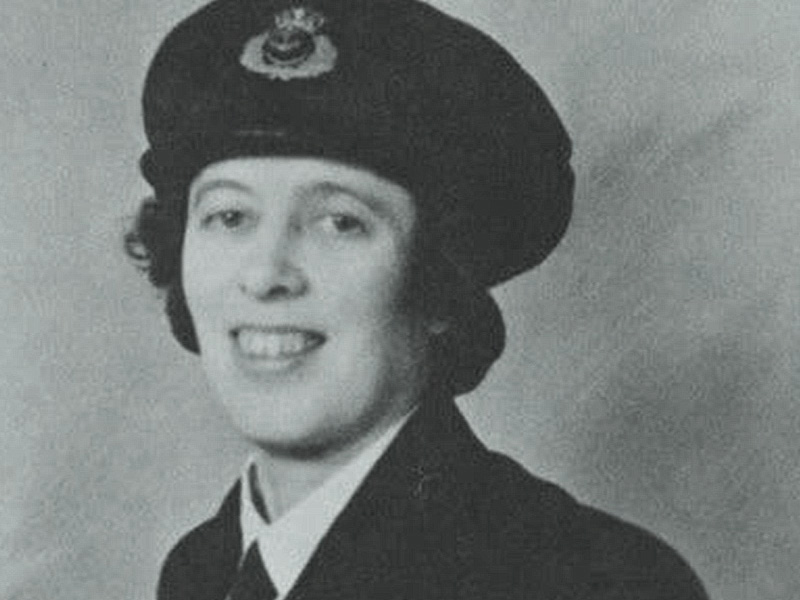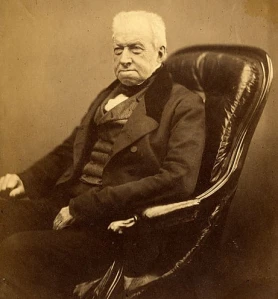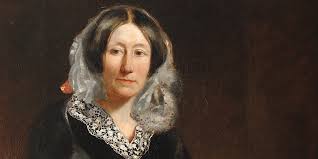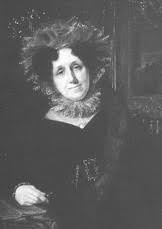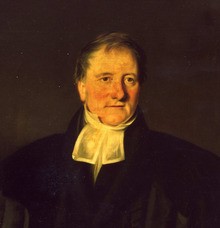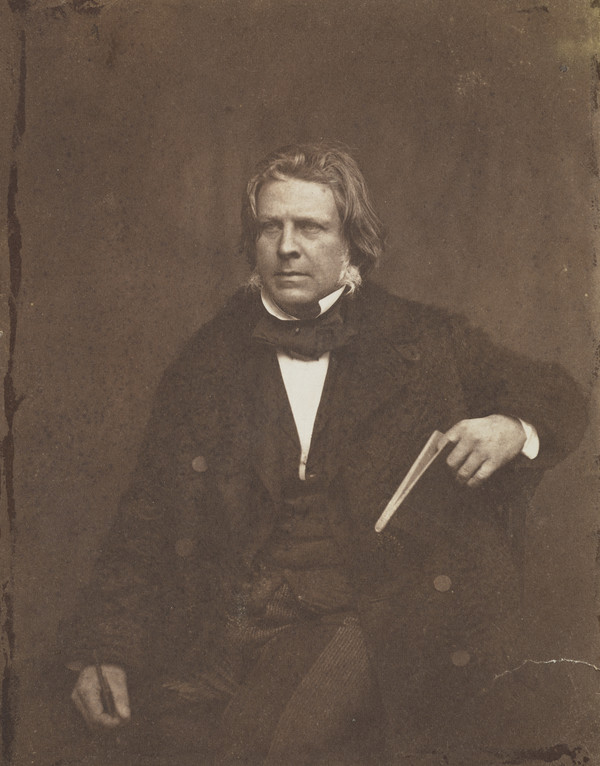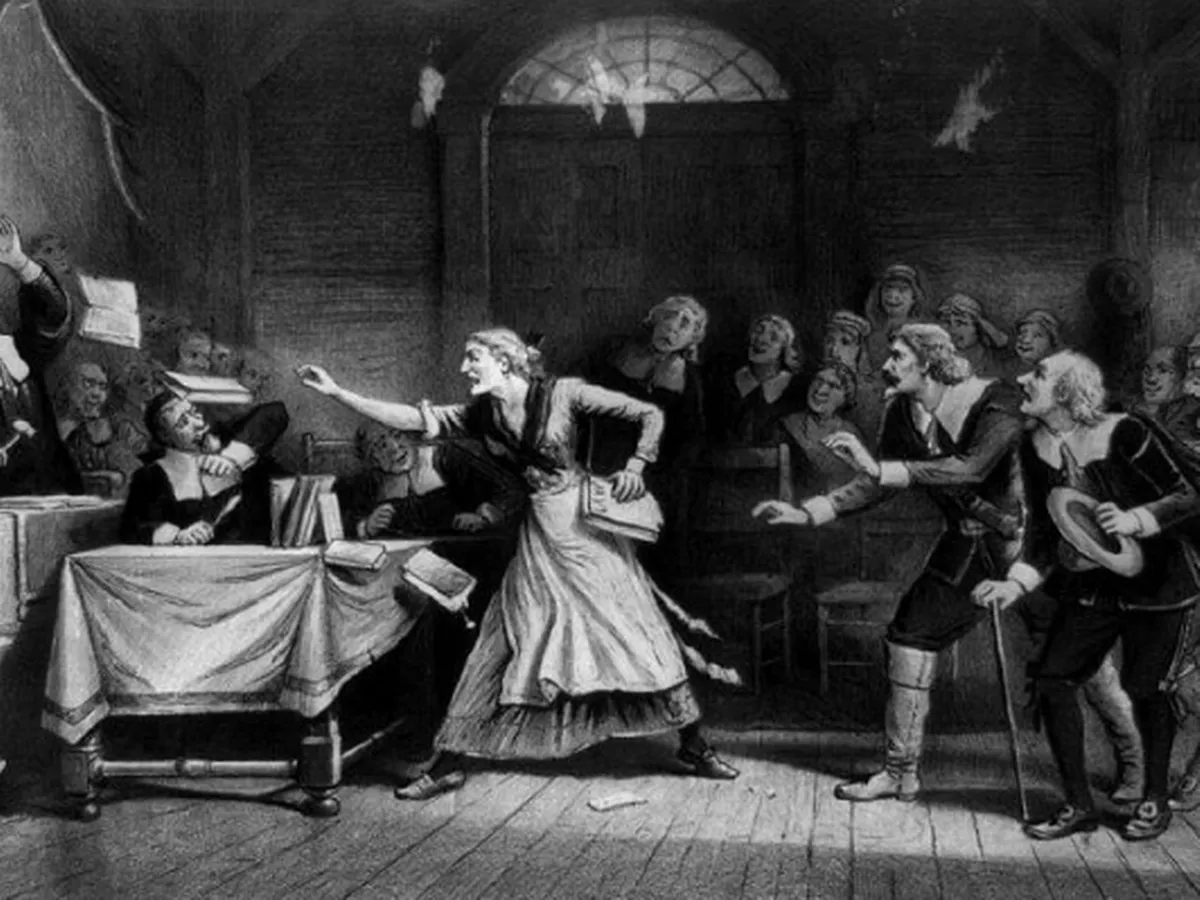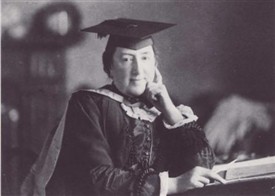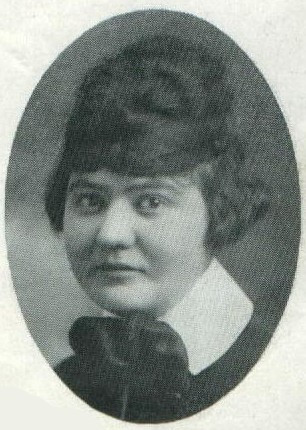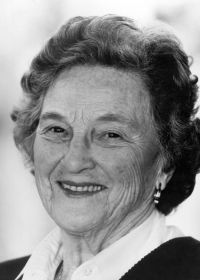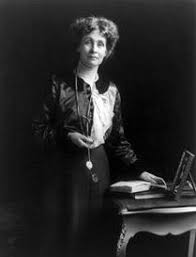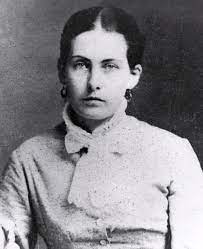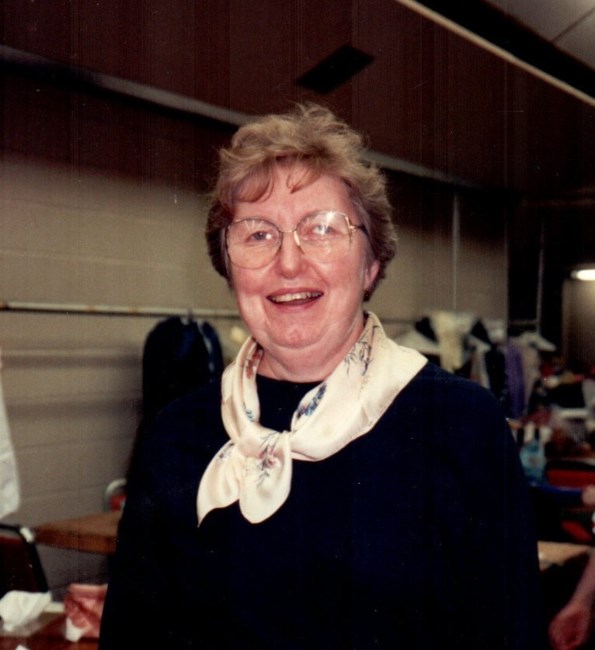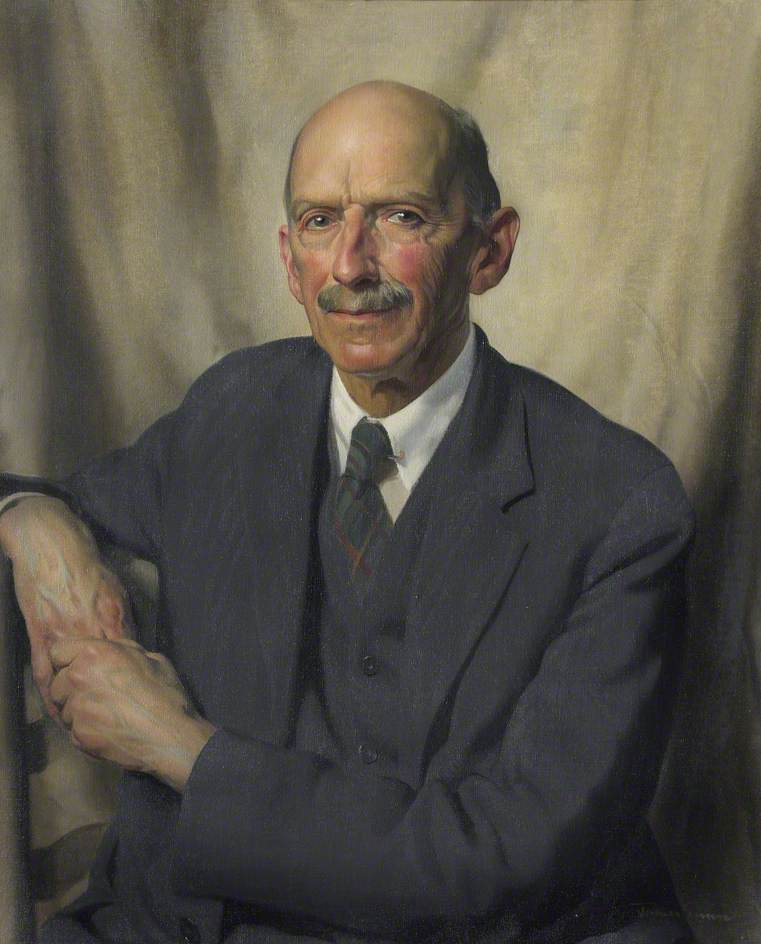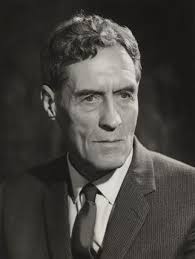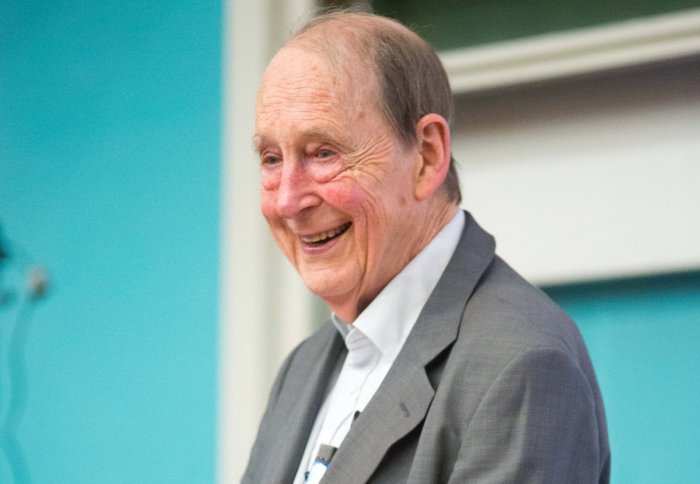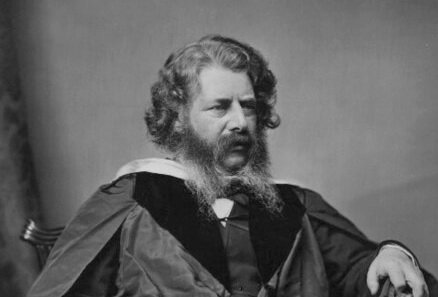40 Famous Scottish Scientists Who Changed The World
The impact of famous Scottish scientists resonates even today. This article highlights their lasting contributions to science and technology.
Mar 07, 20252.4K Shares61.2K Views
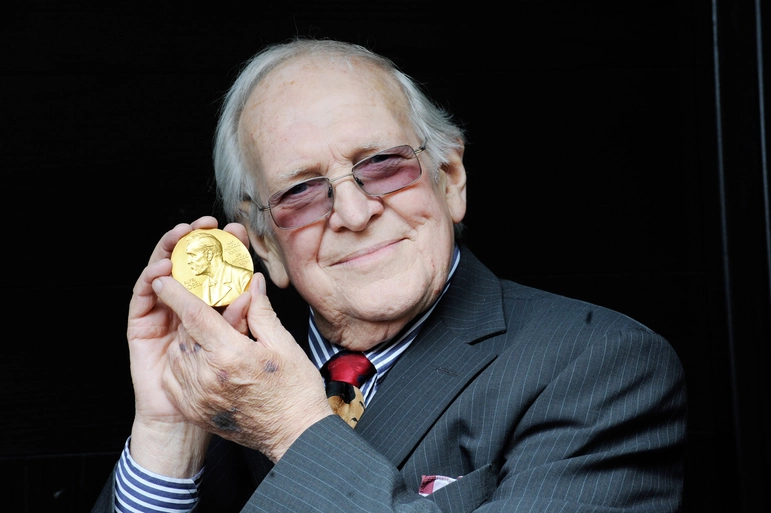
Scotland, a small nation with an outsized impact on global scientific discovery, has produced some of the most brilliant minds in human history. From groundbreaking medical research to revolutionary technological innovations, Scottishscientists have fundamentally transformed our understanding of the world around us.
The scientific contributions of Scotland extend far beyond its geographical boundaries, demonstrating how intellectual curiosity and rigorous research can emerge from unexpected places. This examination of 40 outstanding Scottish scientists reveals an innovative heritage that continues to motivate researchers and intellectuals around the globe.
Historical Overview Of Scottish Scientific Legacy
The Scottish Enlightenment of the 18th century created an unprecedented intellectual environment that nurtured scientific thinking. Scottish universities, particularly those in Edinburgh, Glasgow, and Aberdeen, became global centers of research and learning.
This period established a cultural foundation that valued education, empirical investigation, and innovative thinking. Many of these universities are located near Scotland historical sites, which serve as reminders of the nation's rich heritage and enduring contributions to the world.
Medical & Biological Sciences Pioneers
1. Alexander Fleming (1881-1955)
Born in Lochfield, Ayrshire, Scotland, Alexander Fleming's accidental discovery of penicillin in 1928 at St. Mary's Hospital in London revolutionized medicine. Working on influenza, Fleming noticed a mold ( Penicillium notatum) contaminating a petri dish of Staphylococcus bacteria. He observed that the bacteria around the mold had been killed, creating a clear zone. This observation led him to isolate and identify penicillin, the first antibiotic. While Fleming recognized the potential of penicillin, he struggled to purify and stabilize it for widespread use.
It was later work by Howard Florey, Ernst Chain, and Norman Heatley that led to the mass production of penicillin during World War II, saving countless lives and ushering in the age of antibiotics. Fleming's discovery earned him the Nobel Prize in Physiology or Medicine in 1945, shared with Florey and Chain. His primary field was bacteriology, and his impact on global health is immeasurable. The widespread use of antibiotics transformed the treatment of bacterial infections, significantly reducing mortality rates from previously deadly diseases.
2. John Boyd Orr (1880-1971)
Born in Kilmaurs, Ayrshire, John Boyd Orr was a physician, biologist, and nutritionist who dedicated his life to improving global nutrition and combating hunger. He conducted extensive research on human nutrition and the relationship between diet and health. During World War I, he served in the Royal Army Medical Corps and witnessed firsthand the effects of malnutrition.
After the war, he became the first Director-General of the Food and Agriculture Organization (FAO) of the United Nations. He played a crucial role in establishing the FAO and advocating for international cooperation to address global food security. Orr received the Nobel Peace Prize in 1949 for his tireless efforts to combat hunger and improve nutrition worldwide. His primary fields were medicine, biology, and nutrition, and his impact was significant in public health, international development, and global food policy.
3. James Young Simpson (1811-1870)
Born in Bathgate, West Lothian, James Young Simpson was an obstetrician who pioneered the use of chloroform as an anesthetic in childbirth. Before Simpson's work, childbirth was often an excruciatingly painful experience. In 1847, after experimenting on himself and his colleagues, Simpson introduced chloroform to obstetric practice. Its use quickly became widespread, significantly reducing pain and suffering during labor.
This innovation faced initial opposition from some religious figures who believed that pain during childbirth was divinely ordained. However, Queen Victoria's use of chloroform during the birth of her eighth child, Prince Leopold, in 1853 helped to popularize its use and overcome much of the resistance. Simpson's primary field was obstetrics, and his impact on pain management in medicine, particularly in childbirth, was profound.
4. Ian Wilmut (1944-2023)
Born in Hampton Lucy, Warwickshire, England (though he conducted the majority of his significant research in Scotland), Ian Wilmut was an embryologist who led the research team at the Roslin Institute near Edinburgh that cloned Dolly the sheep in 1996. Dolly was the first mammal to be cloned from an adult somatic cell, a groundbreaking achievement that demonstrated the possibility of reversing the differentiation of adult cells and creating a genetically identical copy of an animal.
This breakthrough had significant implications for genetic research, biotechnology, and regenerative medicine. While Dolly's creation sparked ethical debates about cloning and its potential applications, it also opened new avenues for research into disease, development, and aging. Wilmut's primary field was embryology, and his work sparked significant ethical and scientific debate, pushing the boundaries of biological understanding.
5. Robert Edwards (1925-2013)
Born in Batley, Yorkshire, England (but much of his key work was done in collaboration with Patrick Steptoe in England), Robert Edwards was a physiologist who pioneered the development of in vitro fertilization (IVF). Working with gynecologist Patrick Steptoe, Edwards developed the techniques for fertilizing human eggs outside the body and then implanting the resulting embryos into the uterus.
This groundbreaking work led to the birth of Louise Brown, the first "test-tube baby," in 1978. IVF has since become a widely used treatment for infertility, providing hope for millions of couples worldwide. Edwards was awarded the Nobel Prize in Physiology or Medicine in 2010 for his contributions to the development of IVF. His primary field was physiology, and his impact on reproductive health is immense.
Physics & Astronomical Innovators
6. James Clerk Maxwell (1831-1879)
Born in Edinburgh, James Clerk Maxwell is considered one of the greatest physicists of all time. His most significant contribution was his work on electromagnetism, which unified electricity, magnetism, and light into a single theory described by Maxwell's equations. These equations demonstrated that light is an electromagnetic wave and laid the foundation for modern physics and electrical engineering.
Maxwell's groundbreaking achievements are closely tied to his education and early research at the University of Edinburgh, which played a pivotal role in shaping his scientific career. Maxwell also made significant contributions to statistical mechanics and thermodynamics. His primary field was theoretical physics, and his impact on modern physics is unparalleled, paving the way for technologies like radio, television, radar, and countless others.
7. Lord Kelvin (William Thomson, 1st Baron Kelvin) (1824-1907)
Born in Belfast, Ireland (but spent much of his career at the University of Glasgow), William Thomson, later Lord Kelvin, was a physicist and engineer who made significant contributions to thermodynamics, including the formulation of the first and second laws of thermodynamics and the development of the absolute temperature scale (Kelvin scale).
He also played a key role in the development of the transatlantic telegraph cable, overcoming significant engineering challenges to connect Europe and North America. His primary fields were physics and engineering, and his impact on thermodynamics, telecommunications, and electrical engineering was substantial.
8. David Brewster (1781-1868)
Born in Jedburgh, Scotland, David Brewster was a physicist and inventor best known for inventing the kaleidoscope in 1816. He also made significant contributions to optics, including studies on polarized light and the discovery of Brewster's angle, which describes the angle of incidence at which light with a particular polarization is perfectly transmitted through a transparent dielectric surface, with no reflection. His primary field was physics, particularly optics, and his inventions had both scientific and cultural impact.
9. John Logie Baird (1888-1946)
Born in Helensburgh, Dunbartonshire, John Logie Baird is credited with inventing the first working television system using mechanical television technology. In 1926, he gave the first public demonstration of a working television system. His system used a rotating mechanical disc to scan images, unlike the electronic scanning used in modern televisions.
Although Baird's mechanical system was eventually superseded by electronic television, his pioneering work laid the critical foundation for the development of modern television broadcasting and the television industry. His primary field was electrical engineering and television technology, and his impact on communication and entertainment is undeniable.
10. Robert Watson-Watt (1892-1973)
Born in Brechin, Angus, Robert Watson-Watt was a pioneer in the development of radar technology. In the 1930s, he led a team that developed radar systems for detecting aircraft, which proved crucial during World War II, providing early warning of incoming enemy planes and playing a vital role in the Battle of Britain.
After the war, radar technology was further developed and applied to other fields, including navigation, weather forecasting, and air traffic control. His primary field was physics and electrical engineering, specifically radar technology, and his impact on defense, navigation, and meteorology was significant.
Chemistry & Chemical Engineering Breakthroughs
11. Joseph Black (1728-1799)
Born in Bordeaux, France, to Scottish parents, Joseph Black is considered one of the founders of modern chemistry. He made significant discoveries related to gases and heat. He identified "fixed air" (carbon dioxide), distinguishing it from other gases. He also introduced the concepts of latent heat (the heat absorbed or released during a phase change) and specific heat (the amount of heat required to raise the temperature of a substance).
These discoveries were fundamental to the development of thermodynamics and had significant implications for the development of the steam engine and the Industrial Revolution. His primary field was chemistry, and his impact on our understanding of heat and gases is foundational.
12 .Thomas Graham (1805-1869)
Born in Glasgow, Thomas Graham made significant contributions to the study of gases and colloids. He is known for Graham's Law of Effusion, which states that the rate of effusion of a gas is inversely proportional to the square root of its molar mass. He also pioneered the study of dialysis, a process for separating molecules based on their size using a semipermeable membrane.
His work laid the groundwork for modern separation techniques used in chemistry and medicine. His primary field was chemistry, and his work on gases and colloids has had lasting implications for chemical analysis and separation technologies.
13. James Dewar (1842-1923)
Born in Kincardine, Fife, James Dewarwas a chemist and physicist best known for his invention of the Dewar flask (also known as a vacuum flask or Thermos flask) in 1892. This invention allowed for the storage of cryogenic liquids at very low temperatures. He also made significant contributions to the study of low temperatures and the liquefaction of gases.
He was the first to liquefy hydrogen in quantity. The Dewar flask has had widespread applications in science, industry, and everyday life. His primary fields were chemistry and physics, and his invention has been essential for cryogenic research and storage.
14. James Whyte Black (1924-2010)
Born in Uddingston, South Lanarkshire, James Whyte Black was a pharmacologist who revolutionized the treatment of heart disease and ulcers. He developed beta-blockers (like propranolol), which are used to treat high blood pressure, angina, and other heart conditions, and H2 receptor antagonists (like cimetidine), which are used to reduce stomach acid production and treat ulcers.
His work earned him the Nobel Prize in Physiology or Medicine in 1988. His primary field was pharmacology, and his impact on cardiovascular medicine and gastroenterology is profound.
Earth Sciences & Geography Pioneers
15. James Hutton (1726-1797)
Born in Edinburgh, James Hutton is considered the "father of modern geology." He challenged prevailing theories about the Earth's formation, proposing the theory of uniformitarianism. This theory states that the same geological processes that operate today have operated throughout Earth's history, shaping the planet over vast periods.
Hutton's observations of rock formations, such as the unconformities at Siccar Point, provided evidence for his theory and led him to conclude that the Earth was far older than previously thought. His work laid the foundation for modern geological time scales and our understanding of Earth's deep history. His primary field was geology, and his impact on our understanding of Earth's history is foundational.
16. Patrick Geddes (1854-1932)
Born in Ballater, Aberdeenshire, Patrick Geddes was a polymath with interests spanning biology, sociology, geography, and urban planning. He emphasized the interconnectedness of people and their environment, advocating for holistic approaches to urban development that considered social, economic, and ecological factors.
He coined the phrase "think global, act local," which has become a mantra for environmentalism and sustainable development. His work influenced the development of town planning and urban design. His primary fields were biology, sociology, and geography, and his impact is significant in urban planning, environmentalism, and social reform.
Engineering & Technology Innovators
17. Robert Stevenson (1772-1850)
Born in Glasgow, Robert Stevenson was a renowned civil engineer who specialized in lighthouse construction. He designed and built numerous lighthouses around the treacherous Scottish coast, including the iconic Bell Rock Lighthouse, considered one of the greatest engineering feats of its time.
His innovative engineering solutions enabled the construction of lighthouses in challenging locations, significantly improving maritime safety and navigation. His primary field was civil engineering, specifically lighthouse construction, and his impact on maritime safety is substantial.
18. Victoria Drummond (1894-1978)
Born in Megginch Castle, Perthshire, Victoria Drummond was a pioneering marine engineer who overcame significant gender barriers to pursue her passion. She became the first woman in Britain to work as a marine engineer and served as a Chief Engineer during World War II. Her determination and achievements paved the way for future generations of women in engineering.
Drummond's legacy places her among famous Scottish people, whose contributions continue to inspire and influence both their fields and society at large. Her primary field was marine engineering, and her impact extends to gender equality within the field and engineering as a whole.
Botanists & Naturalists
19. Robert Brown (1773-1858)
Born in Montrose, Angus, Robert Brown was a botanist who made significant contributions to plant taxonomy and microscopy. He is most famous for his discovery of Brownian motion in 1827. While observing pollen grains suspended in water under a microscope, he noticed that the particles exhibited a continuous, random, zigzagging motion.
This phenomenon, later named Brownian motion, provided crucial evidence for the kinetic theory of matter and the existence of atoms and molecules. Brown also made important contributions to plant classification, identifying the cell nucleus in plant cells and making detailed observations of plant reproductive structures. His primary field was botany, and his discovery of Brownian motion had significant implications for physics, chemistry, and our understanding of the microscopic world.
20. Eva Crane (1912-2007)
Born in London, England (but conducted significant research and was associated with Scotland), Eva Crane was a renowned bee researcher and author considered the world's leading expert on bee biology and beekeeping. She earned a PhD in mathematical physics but later shifted her focus to apiculture (beekeeping). She traveled extensively, studying bees in diverse environments around the world and documenting traditional beekeeping practices.
She founded the International Bee Research Association (IBRA) and authored numerous books and articles on bee biology, beekeeping, and the importance of bees to ecosystems and agriculture. Her primary field was apiculture (bee keeping), and her research advanced our understanding of bees, their behavior, and their vital role in pollination and the environment.
Science Communicators & Polymaths
21. Mary Fairfax Somerville (1780-1872)
Born in Jedburgh, Roxburghshire, Mary Fairfax Somervillewas a remarkable science writer and polymath. She excelled in mathematics, astronomy, physics, and geography. At a time when women were largely excluded from scientific pursuits, Somerville made significant contributions to science communication, translating complex scientific concepts into accessible language for a wider audience.
Her book On the Connexion of the Physical Sciences (1834) was particularly influential, providing a comprehensive overview of the interconnectedness of various scientific disciplines. She was also a strong advocate for women's education and access to scientific knowledge. Her primary fields spanned various scientific disciplines, and her impact on science communication and education was significant, inspiring many to pursue scientific careers.
22. Jane Marcet (1769-1858)
Born in London, England (but of Scottish descent and associated with Scotland), Jane Marcet was a popular science writer who played a key role in disseminating scientific knowledge, particularly chemistry, to a broader audience. Her book Conversations on Chemistry, first published in 1805, was written in a dialogue format, making complex chemical concepts more accessible to non-scientists.
The book was widely read and went through numerous editions, influencing many aspiring scientists, including Michael Faraday, who credited Marcet's book with sparking his interest in chemistry. Her primary field was science writing and education, and her impact on popularizing science, especially chemistry, was substantial.
Other Notable Figures In Science & Related Fields
23. Henry Duncan (1774-1846)
Born in Ruthwell, Dumfriesshire, Henry Duncan was a minister, geologist, and social reformer. While primarily known for his work in the Church of Scotland, Duncan also had a keen interest in geology and made observations of local geological formations. He is most famous for founding the first successful savings bank in Scotland, the Ruthwell Parish Bank, in 1810.
This initiative aimed to encourage thrift and provide financial security for working-class people. His primary field was theology and social reform, with contributions to geology, and his impact on the development of the savings bank movement and promoting financial inclusion was significant.
24. David Octavius Hill (1802-1870)
Born in Perth, David Octavius Hill was an artist and photographer who played a crucial role in the early development of photography. He is best known for his collaboration with Robert Adamson, a pioneer in calotype photography. Together, they established a photographic studio in Edinburgh and created thousands of portraits of prominent figures of the time, documenting Scottish society in the mid-19th century.
Their work is considered some of the finest examples of early photography. His primary field was art and photography, and his work contributed significantly to the development of photographic techniques and portraiture.
25. Christian Shaw (1696-1752)
Born in Bargarran, Renfrewshire, Christian Shaw, also known as the "Bargarran Poltergeist" in her youth due to a series of unexplained events, later became a successful businesswoman and entrepreneur. She is credited with playing a key role in the development of the Scottish linen industry.
In the early 18th century, she established a thread manufacturing business, introducing new techniques and improving the quality of Scottish thread. Her business became highly successful and contributed significantly to the local economy. Her primary field was business and entrepreneurship, and her impact on the Scottish economy and textile industry was significant, showcasing innovation and entrepreneurial spirit.
26. Eleanor Anne Ormerod (1828-1901)
Born in Sedgley Park, Staffordshire, England (but her work was highly relevant to Scottish agriculture), Eleanor Anne Ormerod was a pioneering entomologist who became a leading authority on agricultural entomology. She dedicated her life to studying insect pests and their impact on crops.
She published numerous reports and books on agricultural entomology, providing valuable information to farmers and contributing to the development of pest control strategies. Her meticulous observations and scientific approach to pest management earned her international recognition. Her primary field was entomology, and her impact on agriculture and pest control was significant.
27. Agnes Miller Parker (1895-1980)
Born in Irvine, Ayrshire, Agnes Miller Parker was a zoologist who specialized in the study of protozoa. She conducted extensive research on these microscopic organisms, contributing to our understanding of their diversity, behavior, and ecological roles. Her work advanced the field of protozoology and contributed to broader knowledge in zoology and ecology. Her primary field was zoology, particularly protozoology.
28. Helen Porter (1899-1987)
Born in Belfast, Ireland (but conducted significant research in Scotland), Helen Porter was a plant physiologist who conducted extensive research on plant metabolism, particularly the processes of carbohydrate and nitrogen metabolism in plants. Her work advanced our understanding of how plants grow and respond to environmental factors. Her research had implications for agriculture, horticulture, and plant science. Her primary field was plant physiology.
29. Margaret Todd (1859-1918)
Born in Glasgow, Margaret Todd was a physician and writer who is credited with coining the term "isotope" in 1913. While she practiced medicine, her contribution to scientific terminology is her most enduring legacy. The term "isotope" is now fundamental in chemistry and physics, referring to atoms of the same element that have different numbers of neutrons. Her primary field was medicine, and her impact on chemistry terminology is notable.
30. Elizabeth Fulhame (late 18th Century)
Little is known about Elizabeth Fulhame's personal life, but her scientific work was significant. She was a chemist who conducted pioneering research on chemical reactions, particularly oxidation-reduction reactions. She was one of the first scientists to systematically investigate the role of water in chemical processes. Her book An Essay on Combustion with a View to a New Art of Dying and Painting (1794) detailed her experimental findings. Her primary field was chemistry, and her work contributed to early understanding of chemical reactions.
31. Isabella MacCallum (1886-1968)
Born in Glasgow, Isabella MacCallum was a physician and medical missionary. She dedicated her life to providing medical care to underserved communities in India. Her work combined her medical expertise with a strong commitment to humanitarian service. Her primary fields were medicine and medical missionary work.
32. Dorothy Marshall (1915-1992)
Born in Edinburgh, Dorothy Marshall was a botanist and plant pathologist who specialized in the study of fungal diseases in plants. Her research contributed to our understanding of plant diseases and the development of strategies for disease management in agriculture and horticulture. Her primary fields were botany and plant pathology.
33. John Kosterlitz (born 1943)
Born in Aberdeen, Scotland, John Kosterlitz is a physicist who shared the 2016 Nobel Prize in Physics with David Thouless for their theoretical discoveries of topological phase transitions. Their work explained how certain materials can change their properties in unexpected ways at very low temperatures. His primary field is condensed matter physics.
34. Charles Thomson Rees Wilson (1869-1959)
Born in Glencorse, Midlothian, Scotland, Charles Thomson Rees Wilson was a physicist whose invention of the cloud chamber revolutionized the study of ionizing radiation. Inspired by observing atmospheric phenomena like the Brocken spectre (a magnified shadow of an observer cast on clouds opposite the sun), Wilson sought to create a device that could replicate the condensation of water vapor in the atmosphere.
The cloud chamber, developed in the late 19th and early 20th centuries, is a sealed environment containing supersaturated water vapor. When charged particles, such as alpha particles or electrons, pass through the chamber, they ionize the air molecules along their path.
35. Patrick Blackett (1897-1974)
Born in London, England (but with strong Scottish ancestry and connections), Patrick Maynard Stuart Blackett was a physicist known for his wide-ranging contributions to nuclear physics, cosmic ray research, and operational research during World War II. He used the cloud chamber, developed by C.T.R. Wilson, to study cosmic rays and nuclear reactions, making significant discoveries about the nature of these phenomena.
During World War II, Blackett played a key role in the development of operational research, applying scientific methods to military strategy and logistics. His work in operational research had a profound impact on wartime decision-making and later influenced fields like management science and operations management.
36. John Cockcroft (1897-1967)
Born in Todmorden, Yorkshire, England (but conducted significant research in collaboration with Ernest Walton at the Cavendish Laboratory in Cambridge, which had strong Scottish connections), John Douglas Cockcroft was a physicist who shared the Nobel Prize in Physics in 1951 with Ernest Walton for their pioneering work on the transmutation of atomic nuclei by artificially accelerated atomic particles.
In 1932, they built an apparatus that could accelerate protons to high energies and use them to bombard lithium atoms. This experiment resulted in the splitting of the lithium nucleus, the first artificial nuclear transmutation.
37. Tom Kibble (1932-2016)
Born in Madras, India (but of Scottish descent and educated in Edinburgh), Thomas Walter Bannerman Kibble was a theoretical physicist known for his significant contributions to particle physics, cosmology, and condensed matter physics. He is particularly recognized for his work on the Higgs mechanism, which explains how fundamental particles acquire mass.
Kibble was one of the authors of the seminal 1964 paper that described the Higgs mechanism, which led to the prediction of the Higgs boson, a fundamental particle that was finally discovered at the Large Hadron Collider (LHC) in 2012.
38. William Cullen (1710-1790)
Born in Hamilton, Lanarkshire, William Cullen was a physician, chemist, and agriculturalist who played a significant role in the development of medical education in Scotland. He held professorships in medicine and chemistry at the University of Glasgow and later at the University of Edinburgh, where he became a leading figure in the Scottish Enlightenment.
Cullen emphasized the importance of clinical observation and bedside teaching in medical education. He also made important contributions to chemistry, particularly in the study of heat and the classification of diseases. His work laid the groundwork for modern medical practice and influenced the development of medical terminology.
39. John Macadam (1756-1836)
Born in Ayr, Ayrshire, John Loudon Macadam was a civil engineer who revolutionized road construction. He developed a new method of road building, known as "macadamizing," which involved layering crushed stone and binding it with smaller stones to create a smooth, durable, and water-resistant road surface.
This method significantly improved road quality and transportation, facilitating trade, communication, and economic development. Macadam's principles of road construction are still used today, although with modern adaptations. His primary field was civil engineering, and his impact on transportation infrastructure and road building is significant and enduring.
40. William Rankine (1820-1872)
Born in Edinburgh, William John Macquorn Rankine was a polymath who made significant contributions to civil engineering, physics, and mathematics. He is considered one of the founders of thermodynamics, independently developing the Rankine scale, a thermodynamic temperature scale.
He also made significant contributions to the theory of heat engines, soil mechanics, and civil engineering design, particularly in the design of bridges and railways. His work had a profound impact on the development of engineering and thermodynamics. His primary fields were civil engineering, physics, and mathematics, and his impact on engineering and the understanding of heat and energy is substantial.
Female Scottish Scientist
Scottish women have made significant contributions to science despite facing numerous obstacles. From early pioneers like Mary Fairfax Somerville, a renowned science writer and polymath, to contemporary researchers pushing the boundaries of knowledge, their impact is undeniable. This section acknowledges their resilience and achievements. The inclusion of women like Dorothy Marshall (botanist), Anne McLaren (developmental biologist), and Victoria Drummond (marine engineer) in the list above highlights their diverse contributions.
The Legacy And Influence
The legacy of Scottish scientists is vast and continues to shape our world. Their discoveries and inventions have not only advanced scientific understanding but have also had profound social, economic, and technological impacts. Scottish universities and research institutions continue to foster innovation and attract leading scientists from around the globe, ensuring that Scotland remains at the forefront of scientific discovery.
FAQs
What Did The Scottish Discover?
Some of the most significant products of Scottish ingenuity include James Watt's steam engine, improving on that of Thomas Newcomen; the bicycle; macadamisation (not to be confused with tarmac or tarmacadam); Alexander Graham Bell's invention of the first practical telephone; and John Logie Baird's invention of television.
Where Did The Scottish DNA Come From?
Scottish DNA often exhibits a mix of Celtic, Viking, and Anglo-Saxon genetic markers, along with traces of other groups that have left their mark on the Scottish population.
What Are Some Physical Scottish Features?
People from Scotland tend to have pale skin and reddish-brown or ash-colored hair. Some have eye-catching eyes that gleam like the lochs scattered around the countryside, either blue or green. You might see patterns on kilts, a traditional Scottish clothing, which convey distinctive family stories.
What Did The Scots Bring To America?
Scotland has influenced America in the fields of economics, engineering, architecture, philosophy, business, medicine, geology, politics, law, chemistry, and sociology. Many cities and towns were named by Scots who, after arriving in America, named their new locale after their hometown.
Did The Scottish Colonize Anything?
The Scottish colonization of the Americas comprised a number of Scottish colonial settlements in the Americas during the early modern period. These included the colony of Nova Scotia in 1629, East Jersey in 1683, Stuarts Town, Carolina in 1684 and New Caledonia in 1698.
Final Words
From the invention of logarithms to the discovery of penicillin and the development of television, Scottish scientists have consistently pushed the boundaries of human knowledge. Their contributions have not only transformed our understanding of the world but have also had a profound impact on our daily lives.
The legacy of these brilliant minds continues to inspire future generations of scientists in Scotland and around the world, ensuring that the spirit of scientific inquiry remains alive and well.
Jump to
Historical Overview Of Scottish Scientific Legacy
Medical & Biological Sciences Pioneers
Physics & Astronomical Innovators
Chemistry & Chemical Engineering Breakthroughs
Earth Sciences & Geography Pioneers
Engineering & Technology Innovators
Botanists & Naturalists
Science Communicators & Polymaths
Other Notable Figures In Science & Related Fields
Female Scottish Scientist
The Legacy And Influence
FAQs
Final Words
Latest Articles
Popular Articles
